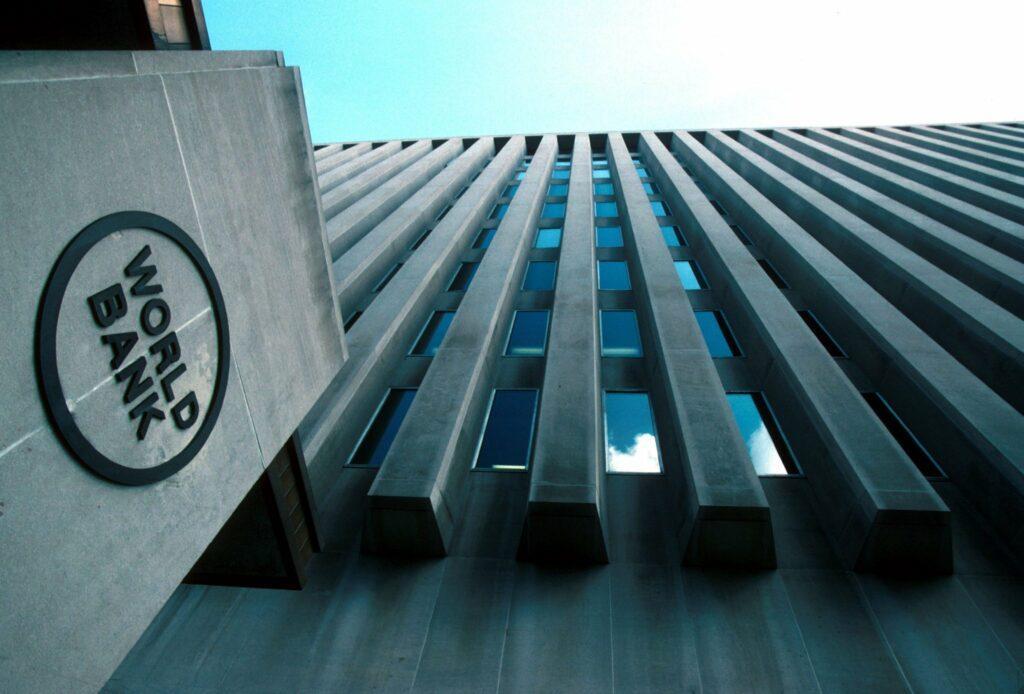
WB Estimates $183M In Damage From Quake In Eastern Afghanistan
KABUL (Pajhwok): The World Bank has reported that the earthquake which struck eastern Afghanistan on August 31 caused an estimated $183 million in direct physical damage to buildings and infrastructure.
The 6.0 magnitude earthquake-the deadliest in Afghanistan since 1998-claimed around 2,000 lives and severely affected an estimated 500,000 to 1.3 million people.
The findings come from the Afghanistan Global Rapid Post-Disaster Damage Estimate Report, which provides crucial insights to support emergency response, recovery planning, and strategic risk reduction.
The report was prepared using a well-established rapid, remote, model-based estimation methodology focusing on direct economic damage to physical assets. It does not include losses in production or income, nor the costs of reconstruction and long-term recovery.
The total direct economic damage of $183 million represents just over 1% of Afghanistan's GDP for FY 2023.
The most affected provinces were Kunar and Nangarhar, accounting for 97% of the total damage, with estimated losses of $134.7 million and $42.6 million, respectively.
Residential buildings bore the greatest share of the damage-approximately 35% of the total-followed by non-residential buildings and agricultural assets. Many homes in the affected areas were highly vulnerable, constructed with earthen and stone masonry, heavy roofs, and weak mortar.
In the rural setting, agricultural losses, particularly to grain storage facilities and livestock shelters, were significant. Health and education services were also disrupted.
A Socio-Economic Vulnerability Index, developed as part of the GRADE assessment, highlights how pre-existing fragilities-such as limited healthcare, poor market access, gender inequalities, ongoing conflict, and weak water, sanitation, and hygiene (WASH) systems-amplify the earthquake's impact and slow recovery. The report emphasizes the need for targeted interventions in the most at-risk districts.
“The World Bank stands in solidarity with the people of Afghanistan following the devastating earthquake in the eastern provinces,” said Faris Hadad-Zervos, World Bank Country Director for Afghanistan.
“Our priority is to work closely with partners to support emergency response, recovery, and long-term resilience-ensuring critical services reach the most vulnerable, especially women and children. We remain committed to helping Afghan communities rebuild stronger and safer, and to supporting their path toward a more resilient future.”
Within days of the earthquake, the World Bank mobilized up to $15 million from existing projects to provide emergency support. The Community Resilience and Livelihoods Project is funding cash-for-work activities to restore village roads, irrigation canals and reservoirs, retaining walls, and drinking water supply systems.
Social grants are also supporting vulnerable households, while the Afghanistan Health Emergency Response Project is supplying medical aid and lifesaving care in 24 project-financed health facilities.
Recovery and reconstruction costs are expected to far exceed the direct damage estimates. The GRADE report stresses the importance of targeted recovery strategies that address humanitarian needs, consider gender and conflict dynamics, and respond to broader socioeconomic disruptions.
pr/sa

Legal Disclaimer:
MENAFN provides the
information “as is” without warranty of any kind. We do not accept
any responsibility or liability for the accuracy, content, images,
videos, licenses, completeness, legality, or reliability of the information
contained in this article. If you have any complaints or copyright
issues related to this article, kindly contact the provider above.


















Comments
No comment